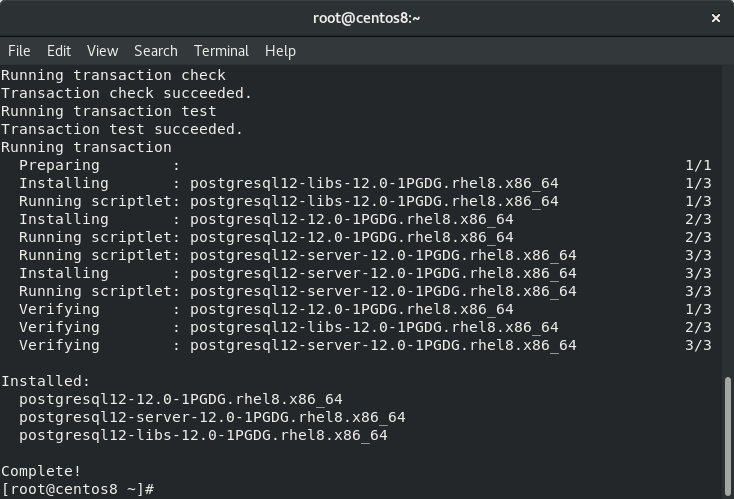
The action of dividing, rounding, then multiplying causes the result to be rounded to the nearest 5. So, this example would perform these steps: This function first doubles the number you wish to round, and then rounds it. To round to the nearest 5, you use the ROUND function and divide your number by 5, then multiply it by 5.įor example: SELECT ROUND(3162.845/5)*5 FROM dual To always round down, you would use the FLOOR function, which is the opposite of the CEILING function mentioned above. It could round up, depending on your input value. However, this will not always round down. You can use the ROUND function to round to 2 decimal places, by specifying the number 2 as the second parameter. How Can Oracle Round Down 2 Decimal Places? This function rounds a number up to the specified value, so you can use the CEILING function to round all of your values up.Ī detailed description and examples of this function is coming soon. If you want to always round up in Oracle, you would use the CEILING function. It doesn’t always round up, as you can see in the examples below. The Oracle ROUND function will round the number up or down, depending on the decimal places specified.


If it is a number, then you specify the decimal places here.

ROUND can also be used with date input values. There are a lot of similar functions, but the ROUND function is probably the most common and it’s pretty easy to use. The purpose of the Oracle ROUND function is to take a number and round it to the specified number of decimal places. Let’s take a look at the ROUND function and some examples. WITH RECURSIVE summary_stats AS ( SELECT ROUND( AVG(duration_minutes), 2) AS mean, PERCENTILE_CONT(0.5) WITHIN GROUP ( ORDER BY duration_minutes) AS median, MIN(duration_minutes) AS min, MAX(duration_minutes) AS max, MAX(duration_minutes) - MIN(duration_minutes) AS range, ROUND( STDDEV(duration_minutes), 2) AS standard_deviation, ROUND( VARIANCE(duration_minutes), 2) AS variance, PERCENTILE_CONT(0.25) WITHIN GROUP ( ORDER BY duration_minutes) AS q1, PERCENTILE_CONT(0.The Oracle ROUND function is one of those functions that is used a lot and performs similar in many languages. In the below query, we’ll create two CTEs namely summary_stats (which returns the previously discussed statistics one per each column) and row_summary_stats (which returns the statistics one per each row). We’ll put all the functions discussed earlier together and return them in a single table.


 0 kommentar(er)
0 kommentar(er)
